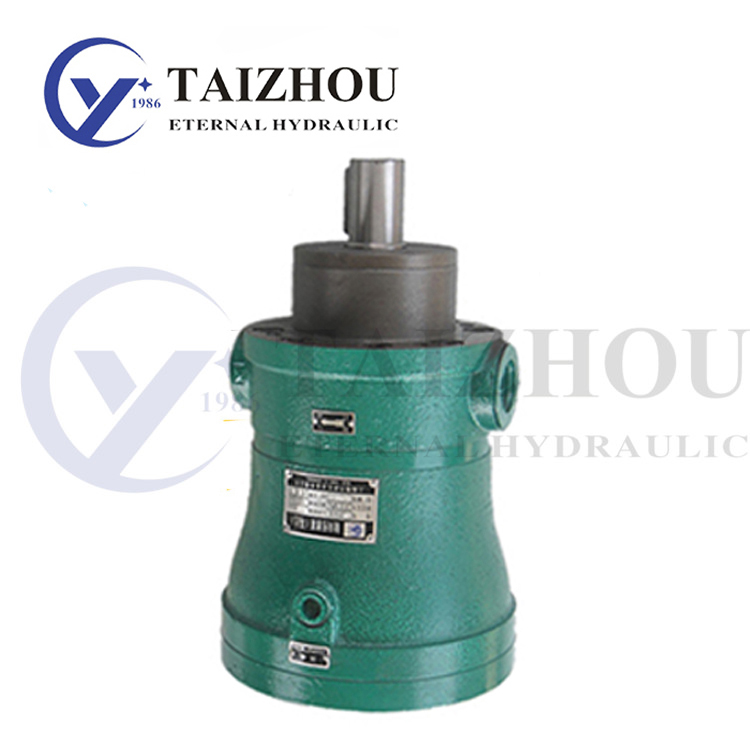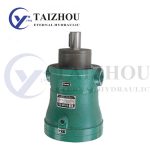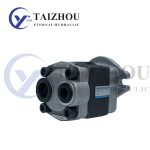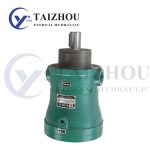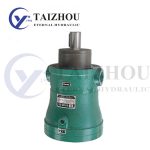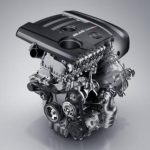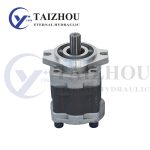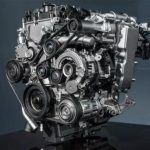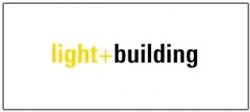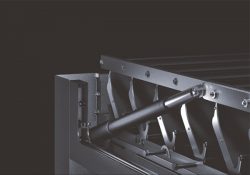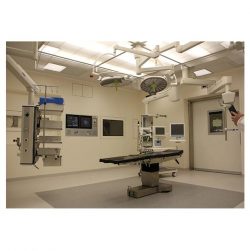Piston Pump Manufacturer – Knowledge Of Piston Pumps
A piston pump is a reciprocating positive displacement pump that uses a plunger or piston to move a medium through a cylindrical chamber. They are also known as well service pumps, high pressure pumps or high viscosity pumps because they provide high pump pressure and are capable of handling viscous and solids containing media.
description
Piston pumps are positive displacement pumps, which means they use shrinkage and expansion chambers to move the fluid. Specifically, they are reciprocating pumps having cavities that expand and contract in a reciprocating (front and rear; up and down) motion rather than a circular (rotating) motion.
The piston pump and plunger pump use a mechanism (usually rotating) to reciprocate along the axis and then create pressure in the cylinder or mandrel to force gas or fluid through the pump. The pressure in the chamber actuates the valve at the suction and discharge points.
design
Piston pumps can be designed for the type, pump action and number of cylinders.
Types of
There are many types of piston pump and plunger pump designs, but they all employ at least one piston that moves in a closed cylinder. Specific types of designs include axial and radial piston pumps.
An axial piston pump includes a plurality of pistons connected to a cylindrical block that move in the same direction as the centerline (axial) of the block. Many pressure and flow control circuits can be included internally for reliable operation and simple design of the associated hydraulic system.
The radial piston pump includes a piston that is arranged to surround the spokes of the cylindrical block. The drive shaft rotates the cylindrical block, which pushes or releases the piston, causing compression and expansion. The eccentricity between the piston housing and the centerline of the cylinder block determines the piston stroke. These pumps have low noise levels, very high loads at the lowest speeds, and high efficiency.
Pump action
The pump action determines the piston/plunger movement to perform the direction of fluid intake and discharge.
The single-acting pump has a valve at each end that is in the opposite direction of suction and discharge.
The double-acting pump uses two valves at each end to allow two-way suction and discharge.
Number of cylinders
The number of pump cylinders is the number of pumping cylinders in the pump. Increasing the number of pump cylinders increases the pump capacity.
The Simplex pump has a cylinder.
The two-phase pump has two cylinders.
A multi-pump has more than two cylinders.
Product specifications
The main specifications to consider when selecting a pump are flow, stroke volume, pump head, pressure, horsepower, rated power, outlet diameter and operating temperature. These specifications are described in detail in the Pump Global page of IEEE GlobalSpec.
materials
The material of the pump should be considered depending on the type of application. The base (housing) and outer casing (cylinder) materials shall be of sufficient strength and capable of withstanding the conditions of their operating environment. The material in contact with the pumping medium (plunger, drain valve and suction valve) needs to be resistant to any corrosion caused by the fluid. Some of the materials used are listed below.
Cast iron provides high tensile strength, durability and wear resistance corresponding to high pressure ratings.
Plastics are inexpensive and have a wide range of corrosion and chemical resistance.
Steel and stainless steel alloys provide protection against chemical and rust and have higher tensile strength than plastics, corresponding to higher pressure ratings.
Other materials used in pump construction include:
aluminum
brass
bronze
ceramics
Taizhou Eternal Hydraulic Machine Co.,Ltd is a professional quality Piston Pump Manufacturers . To purchase piston pumps, visit our official website. We are sincere and professional to serve you.
https://www.xjetl.com
